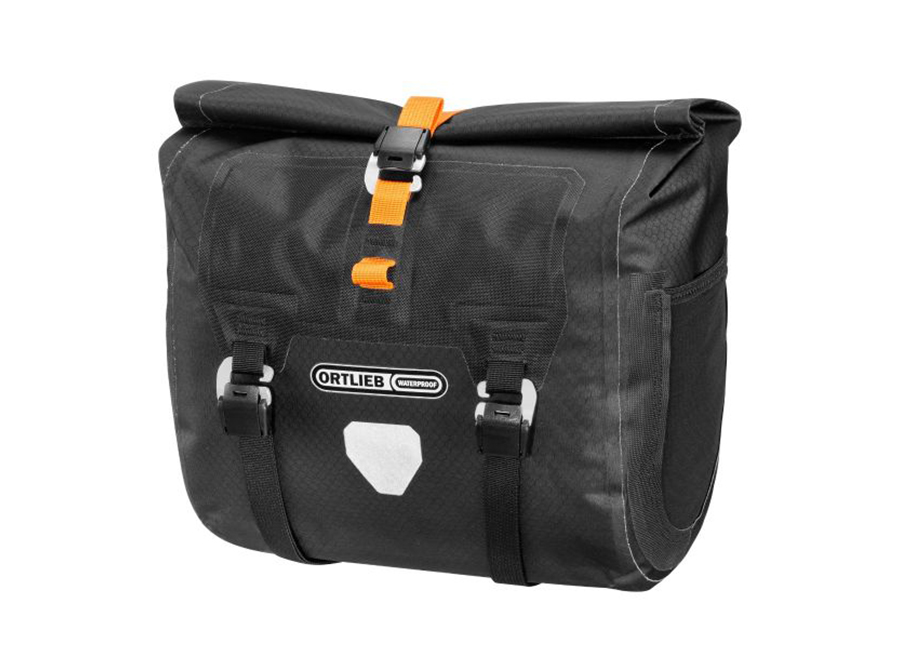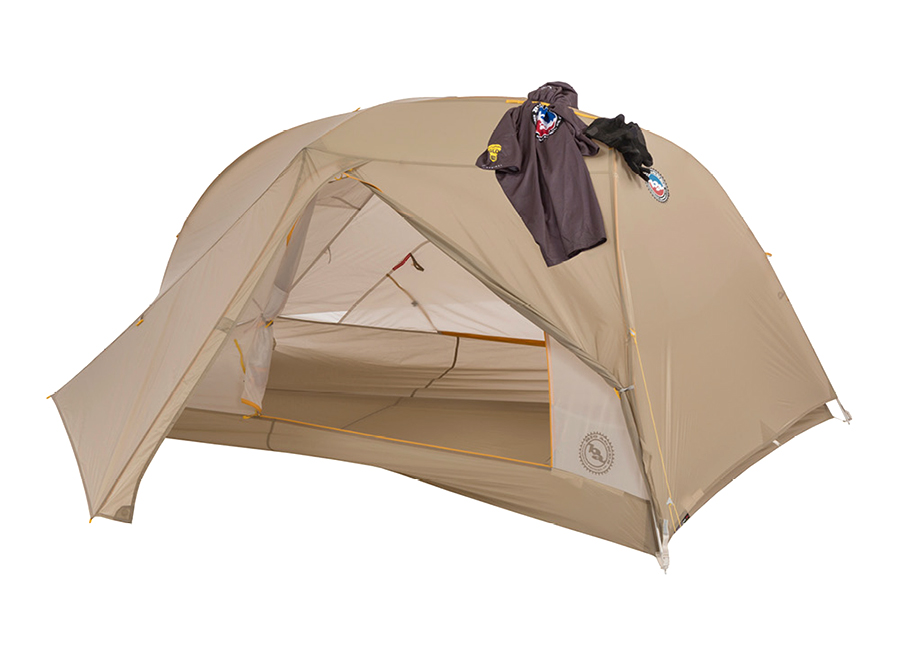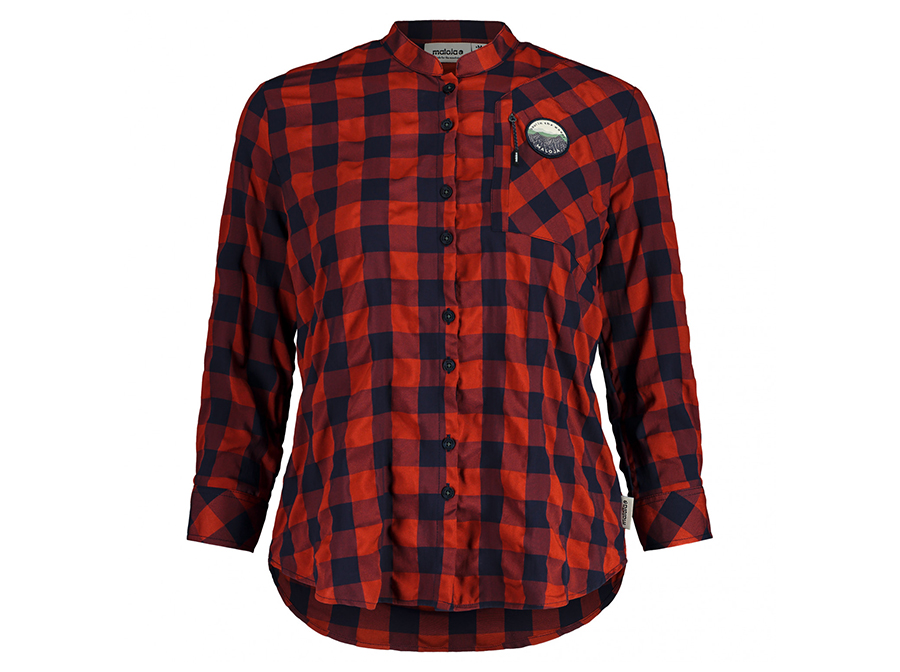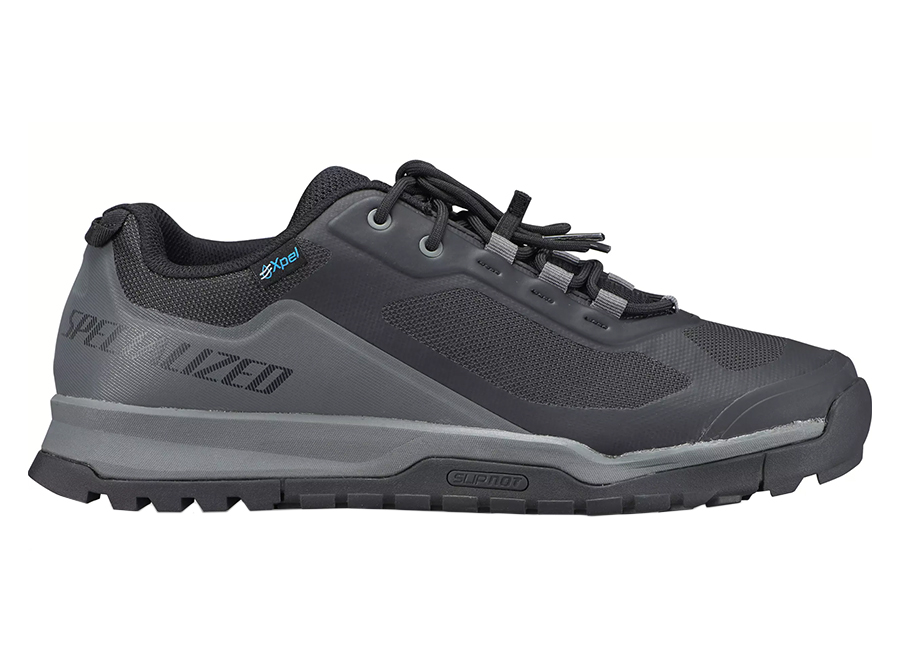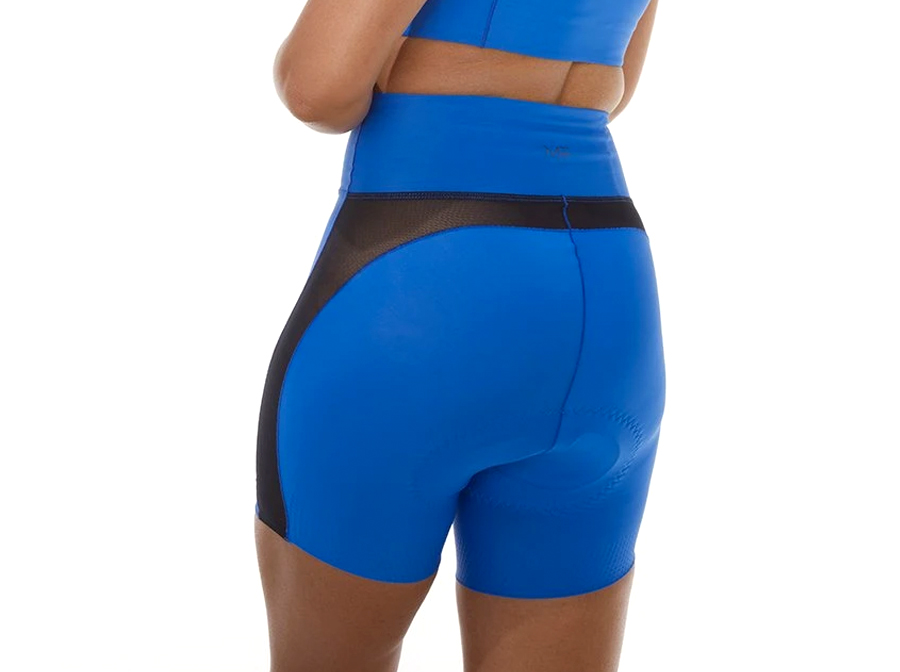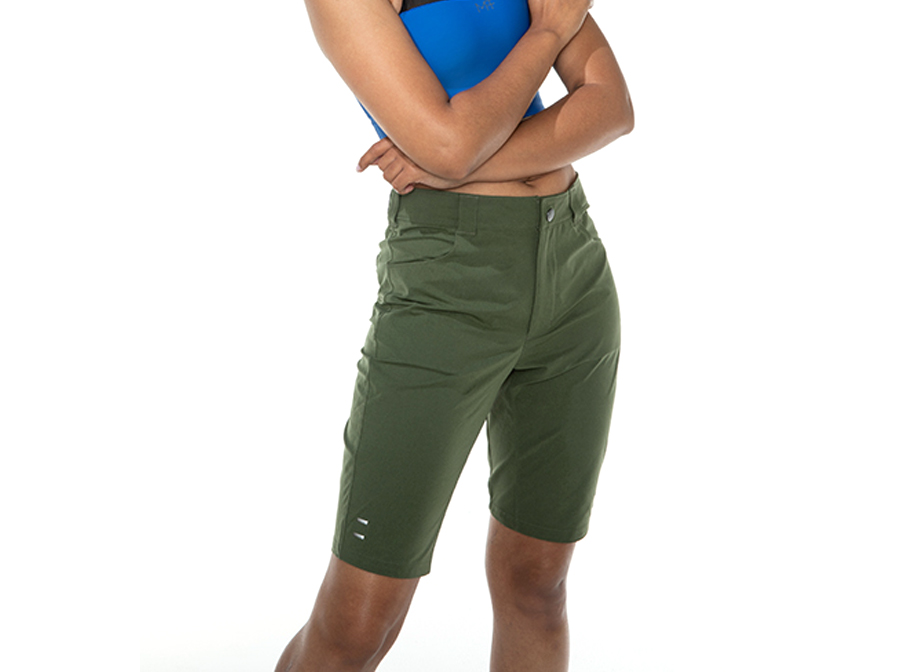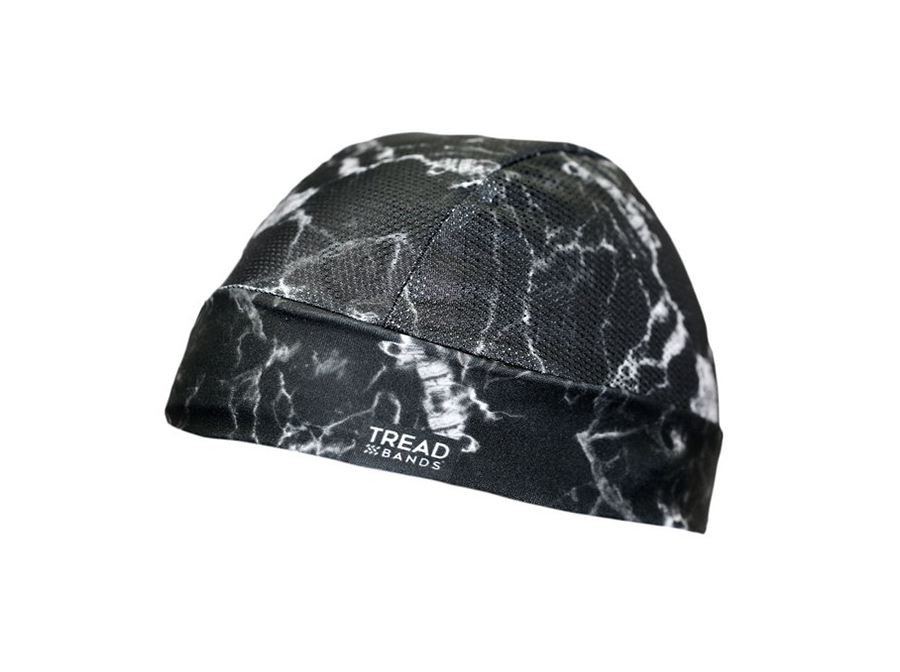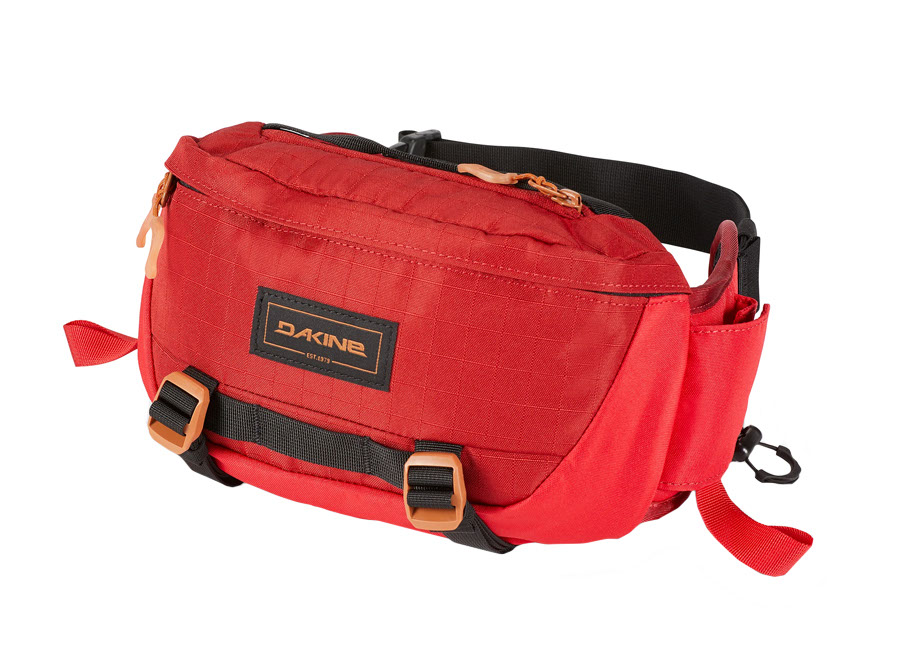Geared Up: Late Summer Bonanza
Ortlieb QR Handlebar Pack, $160
The waterproof Ortlieb QR (quick-release) Handlebar Pack combines the look and feel of a bikepacking bag with the versatility and functionality fit for commuting. As competent as I am attaching most bikepacking bags to my bike without instructions, the QR Handlebar Pack requires a little more help than just intuition. After watching and rewatching Ortlieb’s convenient instructional video, the new Bar-Lock fastening system is actually really easy to use — and because it’s so minimal (only two grippy straps around your handlebar and stem), I was very surprised with how sturdy this bag was in the face of singletrack and rocky descents. When I say sturdy, I mean it didn’t budge or slip at all in the several months that I used it. I mostly ran the Handlebar Pack on my dropbar gravel bikes with no issue, removing the bag to bring into the grocery store or restaurant post-ride with ease.
The QR Handlebar Pack is huge: I’ve fit an entire Macbook Pro in it in a pinch, but more frequently it contains my cable lock, a jacket, some snacks, and a water bottle in one outside pocket with bear spray in the other. With a whopping 11 liters of capacity and weighing only 1.2 pounds, this bag is a great option for anyone. The roll-top closure with CamLock hooks stays put no matter what you’re carrying and keeps water out. Ortlieb also designed an accessory Inner Pocket pouch that can help in keeping your gear organized. –Ally Mabry
Big Agnes Tiger Wall UL2 Bikepack, $445
Big Agnes’s Bikepack line of tents has been around for a few years now, but in case you haven’t heard of it, here’s the gist: compared to their non-Bikepack counterparts, the tents feature shorter-segmented poles called ShortStiks, footprints that extend into the vestibules, a helmet stash, daisy chain loops on top of the fly for drying wet clothes, and a compression sack for the whole kit and caboodle that can mount onto your handlebars. The ShortStik poles even have their own bag that either stuffs into a pannier on its own or loops onto the compression sack. It’s a well-thought-out set of features that suits bike campers to a T but won’t hold you back if used for backpacking or car camping.
New for 2021, the Tiger Wall UL2 (UL for ultralight, 2 for two-person) is a three-season, freestanding tent with two side doors and vestibules and features Big Agnes’s new solution-dyed fabric, which uses pre-colored yarn to reduce energy and water consumption in the fabric’s production. I can’t speak to the environmental claims, but I can vouch that the materials in my test tent seem durable and of high quality. I especially appreciate the mellow hue of the fabrics; the tent blends into the background very well, which is great for wild camping.
Over the course of a season, I used the Tiger Wall on trips near my home of Salt Lake and during a week in the Sawtooth Mountains in Idaho. I found it to be simple and intuitive to set up, plenty spacious inside for two people, and in general easy to live with for the purpose of bike camping. Length and headroom were great (I’m six feet tall), and I loved the big stash pocket above my knees. The new two-zipper doors took a little getting used to, but they worked fine.
I wasn’t able to subject the Tiger Wall to much wet weather, so I can’t speak to the fly’s waterproofness, but I was able to evaluate how it could handle serious wind. During an early season overnight, I arrived at the campsite to the worst windstorm I’ve ever camped in. Setting a tent up in heavy wind is a challenge, and I somehow did it without losing anything. With all the guylines staked out and a few large rocks inside for company, the Tiger Wall never budged an inch all night, and it was much quieter inside than I’d expected. And after that storm, as well as a season of use, the tent still looks brand new.
At $445, the Tiger Wall UL2 Bikepack is $45 more than its non-Bikepack counterpart. If you want to save money and retain the basic features of the Tiger Wall, the standard model is a good choice. In fact, the Bikepack version is slightly heavier because of the extra webbing, the larger pocket, and the compression sack. I’ll admit that I didn’t find all of the Bikepack features very useful: the helmet stash is unnecessary and intrudes on the interior space a little, and the extended footprint seems mostly useful for wet conditions. But I loved the shorter pole sections, the loops on the fly for drying clothes, and the compression sack. I usually split my tent pieces up into different bags, but it was so much easier to just strap the whole thing onto the front of my handlebar roll and know that everything is in one place. –Dan Meyer
Maloja KirschbaumM. Shirt, $139
If you’re on a bike tour anywhere close to civilization, chances are you will come across a little café that appears like an oasis after a morning riding in the bright and draining sun, or maybe just as you start to fade and feel grumpy, you roll into town and there’s a romantically lit boardwalk with live music and food vendors. But you’ve been pedaling all day, you’re sweaty, you’re probably stinky, and maybe you also are wearing tech gear that looks silly when taken out of its bicycling element. This is why I love breathable clothes that look like regular clothes, but the right combination of comfort, style, and function can be hard to come by. I was shocked — shocked, I tell you — when I put on the KirschbaumM. jersey for the first time and went for a ride. Not only did it somehow manage to drape nicely and fit well on my waist without creating the dreaded boob gap that happens with many button-down shirts for people who have a larger chest, it breathed so well I didn’t notice I was wearing a long-ish-sleeved shirt except that the sun wasn’t bearing down on my arms as it has UV protection. Three-quarter sleeves often hit at an awkward length for me, but these didn’t bother me one bit, and after a solid week of riding in the sun and doing other business (but not laundry), the shirt somehow didn’t smell and it didn’t look baggy or stretched-out so I was still presentable for my Zoom meetings. My favorite details are probably a cute embroidered patch at the breast pocket that offers a bit of subtle flair, while the pocket itself sits high with a vertical zipper so things don’t fall out and they also don’t sit in an unflattering or uncomfortable spot, but are still very easily grabbable.
The title “favorite shirt” has historically been reserved for things like the ancient M.A.S.H. T-shirt that has been in my family for generations and is now completely translucent to the point of being mesh, but this stylish and flattering technical shirt has surprisingly thrown itself into the running for that moniker. The only thing that doesn’t seem to work as well as I wish is the ventilation in the back. Maybe it’s my beefy forearms that keep the sleeve cuffs from pushing up when I’m in a riding position to allow for a looser fit, but the ventilation in the back seems to be a fairly useless feature while I’m actually riding. If I purposefully sit up, or when I’m walking around that hypothetical twilight boardwalk, then I can get some airflow, but while I’m actively producing heat, I have more luck losing it from the front than the back. The bloom check pattern I tested is a nice take on the classic red and black, with a pink soft enough to feel elegant without crossing over into overtly “girly” (as if that’s a bad thing). –Carolyne Whelan
Specialized Rime Flat Shoes, $130
Anymore, I’m a flat-pedal guy. Even one of my dropbar bikes has flat pedals! I love flats for bikepacking and touring as well — being able to hop off the bike at a moment’s notice and walk into a convenience store or hike up to a viewpoint without having to change my shoes is wonderful. But flat-pedal shoes have a problem: you can either have a shoe with tacky rubber that grips the pedals well, or you can have a shoe that provides traction for loose hike-a-bikes; you can’t have both.
The Rime Flat shoe is Specialized’s attempt to you let you have your cake and hike to the top of the mountain and eat it too. It looks like a lot of other flat-pedal-specific shoes out there — in other words, like a cross between a hiking shoe and a skate shoe. The Rime features a high-tech upper with lots of breathable mesh and water-resistant materials, traditional laces with a handy lace keeper, a deep heel cup with a pull loop, and a thin tongue that, unlike some other flat shoes, shouldn’t absorb much moisture. In fact, I found the Rime to be extremely breathable and light-feeling on my feet. I didn’t have the opportunity to subject it to wet conditions (I live in Salt Lake City, what you do want from me?), but I’ll bet that the Rime would dry out pretty quickly if you’re caught in a rainstorm or fording some creeks.
Where the rubber meets the road, err, trail, is where the Rime really shines. The outsole features hexagonal lugs between the toes and heel for grip on the pedals, and wide, horizontal lugs on either end for traction on the dirt. The result is a shoe that lives up to its marketing hype. I found the grip on the pedals to be just slightly less than my go-to Five Tens, which is to say still pretty darn grippy. But the traction on steep uphill scrambles is what really separates the Rime from any other flat-pedal shoe I’ve tried. The foothills of Salt Lake City do not want for steep, loose, mandatory hike-a-bike trails, and as soon as I pulled the Rimes out of the box, that’s exactly what I did — head down, bike across my shoulders, going up the hard way. (Usually when I say, “Product testing is hard work,” I mean that sardonically. Not this time.) I found the Rime to have excellent, predictable traction on the worst of surfaces.
My complaints are few: I wish the sole were a little thinner — I found it difficult at times to feel where my feet were on the pedals — and the lace keeper could be tighter. And while I found the Rime to be a very comfortable shoe both on the bike and off, the toe box is a little on the narrow side, so those with wider feet may want to try it on before they buy. –DM
Machines for Freedom Foundations Liner Short, $88
For days spent in the saddle mountain biking, commuting, or for when bibs feel like overkill, the Machines for Freedom Foundations Liner Short is my new go-to. I sized up because, as with most Machines for Freedom Lycra shorts, these run small. Made with the same nylon/elastane blend as the Foundations Bra, the Liner Short feels durable and comfortable. The chamois is low profile, just enough to provide a little extra cushion but not enough to feel bulky. They’re a little too short for my taste to be worn on their own — they were designed to be worn under overshorts like Machines for Freedom’s new Key Short (reviewed below). The legs mostly stay put using little silicone grippers, though I did experience a small amount of rolling from time to time. All in all, I’m really pleased with the Foundations Liner Short and love the ease of an inconspicuous chamois. –AM
Machines for Freedom Key Short, $108
What looks like work-appropriate shorts but functions like technical outdoor gear? The new Machines for Freedom Key Short, my friends. Available in 5.5in. or 11in. inseam lengths, these ultra-comfortable utility shorts are a modern take on traditional mountain bike “baggies.” They’re not baggy at all, actually — made of 100 percent polyester, these boast a four-way stretch and a more body-contouring shape than I’d expect from shorts designed for mountain biking. I have fallen completely in love with these shorts, often wearing them to the office in anticipation of an evening trail ride. The accompanying Foundations Liner Short fits perfectly under the 11in. shorts (I can’t speak for the 5.5in. shorts; I haven’t worn them) but still fit right when I forgo a chamois. The high waist fits snugly so I never feel the need to wear a belt. I love a functional short that includes useful pockets in women’s clothing. The Key Short has five functional pockets, my favorite being the hidden one at the top of the waistband in the back — perfect for stashing an iPhone with a protective case out of the way when you’re pedaling. How’s that for fashionable functionality? –AM
TreadBands Pro-Max Skullcap, $22
I’ve been wearing a skullcap for a few years now, both to wick sweat and to improve the fit of my helmets (I guess I have a weirdly shaped head). TreadBands specializes in sweat-wicking headwear, and the Pro-Max Skullcap is just my cup of tea. It features a tighter fit than my usual skullcaps (it comes in one-size-fits-most), a breathable mesh upper, and an interior sweat blocker, a strip of foam that rests against your forehead and directs perspiration to either side. It works a treat for keeping heavy sweat from dripping onto your sunglasses, which is one of my cycling pet peeves, and it’s comfortable enough for daylong rides. Plus, with the dark camo-esque “Edge” design, wearing the Pro-Max makes me feel like the late Rush drummer Neil Peart (minus the towering musical talent, of course).
After a few months of use, the Pro-Max is still in great shape and doesn’t even have much of a stink to it, which is frankly amazing because I haven’t washed it yet. (TreadBands says the Pro-Max is machine washable, but I’ll probably stick to hand washing it along with my other caps.) –DM
Dakine Hot Laps 2L Bike Waist Bag, $50
When I need to carry extra water, bring my wallet and phone when I pop into a grocery store or restaurant, and on day rides when I don’t want to don full bags, I grab this hip pack. For a tiny pack, the Hot Laps does a lot of things. It holds two water bottles in pockets that snap away when I don’t need them. A fleece-lined top pocket protects my shades from scratches. I sometimes use this pocket for my phone too. Inside the pack, pockets organize everything without weighing it down. The main pocket is divided into two with a half-height, elastic-topped panel. Elastic webbing on the back of the pack secures CO2 and other tools, and Velcro-closed pockets on the inside front of the pack are a perfect place to stash my ID, cash, and small parts. If you can’t fit your rain jacket inside, use the outside straps to secure it. I’ve also used those straps to hold arm warmers, a cold beer I picked up to drink at camp, and more. But what I love most about this pack: it’s super comfortable. A lot of waist packs pull uncomfortably on my lower back when they’re loaded. This one has a foam-stiffened, mesh-covered back to keep contents from feeling pokey and broad hip belt wings that add additional support for the load. The waist belt clips with an offset quick-release buckle that’s positioned so it doesn’t dig into my belly when I’m in the drops. –Berne Broudy
